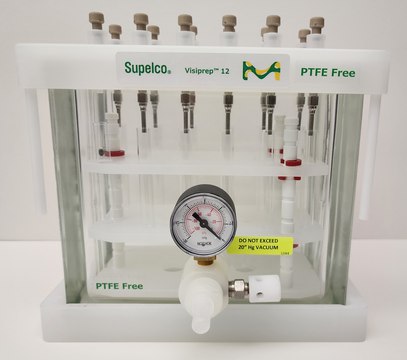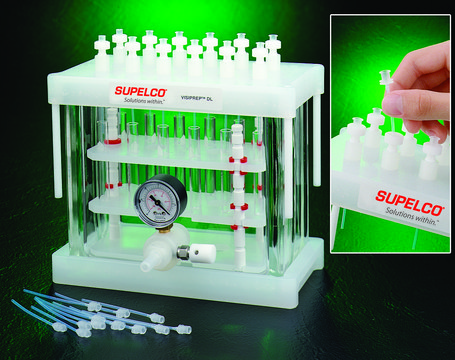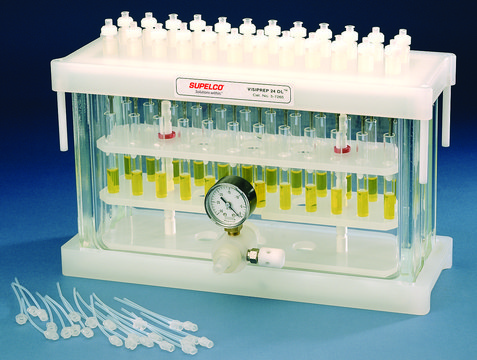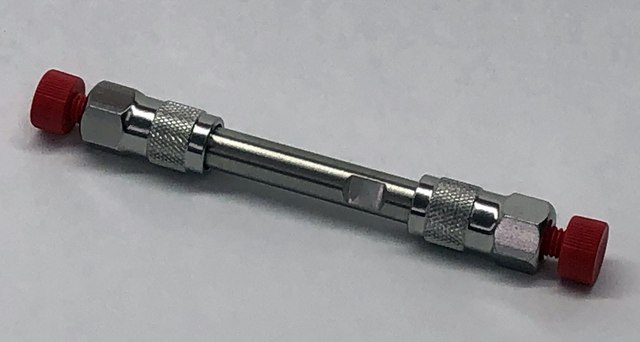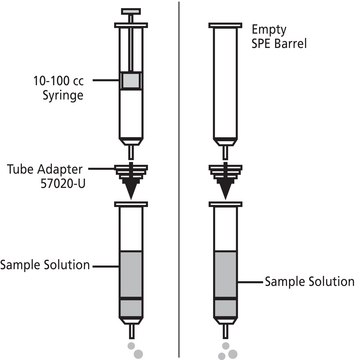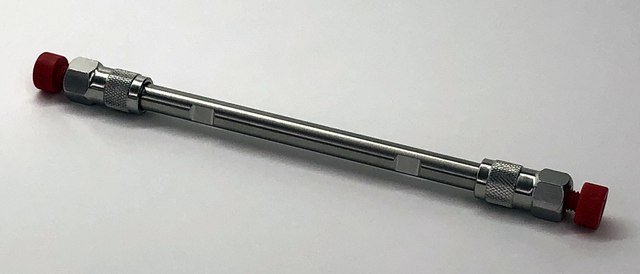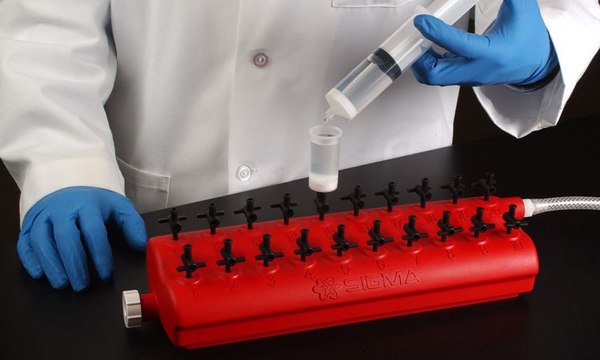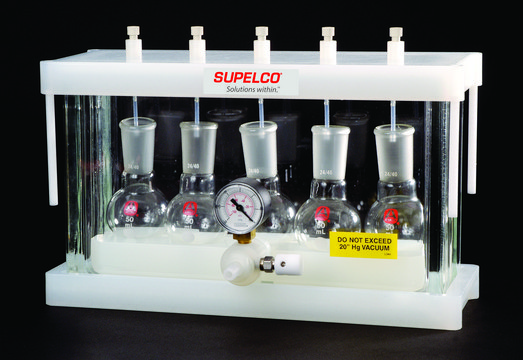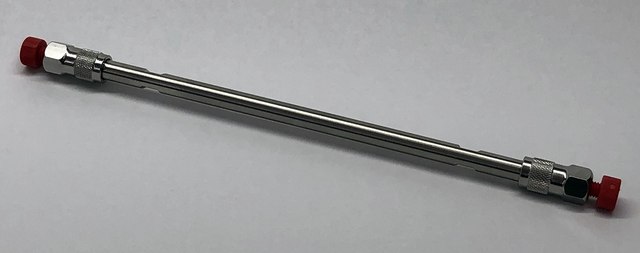ABT69
Anti-CCDC53 Antibody
from rabbit
Synonyme(s) :
coiled-coil domain containing 53, Coiled-coil domain-containing protein 53, WASH complex subunit CCDC53
About This Item
Produits recommandés
1 of 4
Cet article | 53557-U | 53559-U | 53560-U |
|---|---|---|---|
| particle size 2.7 μm | particle size 2.7 μm | particle size 2.7 μm | particle size 2.7 μm |
| separation technique reversed phase | separation technique reversed phase | separation technique reversed phase | separation technique reversed phase |
| matrix active group C18, extensively endcapped octadecylsilane (ODS) bonding phase | matrix active group C18, extensively endcapped octadecylsilane (ODS) bonding phase | matrix active group C18, extensively endcapped octadecylsilane (ODS) bonding phase | matrix active group C18, extensively endcapped octadecylsilane (ODS) bonding phase |
| agency suitable for ASTM® 7968, suitable for DIN 38407-42, suitable for EPA 537.1, suitable for EPA ACB B21-02, suitable for EPA OTM-45, suitable for ISO 21675 2019, suitable for ISO/CEN 15968-2010, suitable for ASTM® 7979, suitable for EPA 8327, suitable for GB 5009.253-2016, suitable for USP L1, suitable for EPA 533, suitable for ISO 25101, suitable for EPA ACB B23-05b | agency suitable for ASTM® 7968, suitable for ASTM® 7979, suitable for DIN 38407-42, suitable for EPA 533, suitable for EPA 537.1, suitable for EPA 8327, suitable for EPA ACB B21-02, suitable for EPA ACB B23-05b, suitable for EPA OTM-45, suitable for GB 5009.253-2016, suitable for ISO 21675 2019, suitable for ISO 25101, suitable for ISO/CEN 15968-2010, suitable for USP L1 | agency suitable for ASTM® 7968, suitable for ASTM® 7979, suitable for DIN 38407-42, suitable for EPA 533, suitable for EPA 537.1, suitable for EPA 8327, suitable for EPA ACB B21-02, suitable for EPA ACB B23-05b, suitable for EPA OTM-45, suitable for GB 5009.253-2016, suitable for ISO 21675 2019, suitable for ISO 25101, suitable for ISO/CEN 15968-2010, suitable for USP L1 | agency suitable for ASTM® 7968, suitable for ASTM® 7979, suitable for DIN 38407-42, suitable for EPA 533, suitable for EPA 537.1, suitable for EPA 8327, suitable for EPA ACB B21-02, suitable for EPA ACB B23-05b, suitable for EPA OTM-45, suitable for GB 31604.35-2016, suitable for GB 5009.253-2016, suitable for ISO 21675 2019, suitable for ISO 25101, suitable for ISO/CEN 15968-2010, suitable for USP L1 |
| technique(s) HPLC: suitable, LC/MS: suitable | technique(s) HPLC: suitable, LC/MS: suitable, UHPLC-MS: suitable, UHPLC: suitable | technique(s) HPLC: suitable, LC/MS: suitable, UHPLC-MS: suitable, UHPLC: suitable | technique(s) HPLC: suitable, LC/MS: suitable, UHPLC-MS: suitable, UHPLC: suitable |
| pore size 90 Å pore size | pore size 90 Å pore size | pore size 90 Å pore size | pore size 90 Å pore size |
Description générale
Immunogène
Application
Cell Structure
Cytoskeletal Signaling
Qualité
Western Blot Analysis: 2.5 µg/mL of this antibody detected CCDC53 in 10 µg of HepG2 cell lysate.
Description de la cible
Forme physique
Stockage et stabilité
Remarque sur l'analyse
HepG2 cell lysate
Autres remarques
Clause de non-responsabilité
Vous ne trouvez pas le bon produit ?
Essayez notre Outil de sélection de produits.
Code de la classe de stockage
12 - Non Combustible Liquids
Classe de danger pour l'eau (WGK)
WGK 1
Point d'éclair (°F)
Not applicable
Point d'éclair (°C)
Not applicable
Certificats d'analyse (COA)
Recherchez un Certificats d'analyse (COA) en saisissant le numéro de lot du produit. Les numéros de lot figurent sur l'étiquette du produit après les mots "Lot" ou "Batch".
Déjà en possession de ce produit ?
Retrouvez la documentation relative aux produits que vous avez récemment achetés dans la Bibliothèque de documents.
Notre équipe de scientifiques dispose d'une expérience dans tous les secteurs de la recherche, notamment en sciences de la vie, science des matériaux, synthèse chimique, chromatographie, analyse et dans de nombreux autres domaines..
Contacter notre Service technique